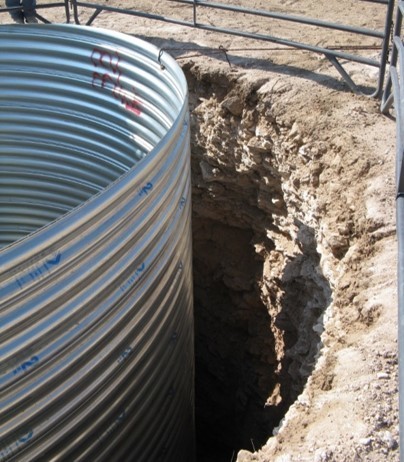Survey Level Condition Assessment of Bar-Wrapped and Steel Pipe

There is a significant amount of AWWA C303 bar-wrapped pipe (BWP) and C200 steel pipe water transmission mains installed across the United States. While condition assessment of aging BWP lines has typically not received as much attention as some other pipe types (e.g., PCCP) due to its forgiving characteristics and predominant failure mode of significant corrosion followed by leakage as opposed to catastrophic burst, it is receiving increasing attention as awareness of degraded infrastructure increases and additional resources become available. In terms of effective asset management of long sections of pipelines installed since the 1940s, survey level inspection technologies allow owners to obtain information on the general condition of the pipeline at a reasonable cost and identify areas of the pipeline that require higher resolution and more costly inspections, rather than directly performing costly inspections along the entire pipeline alignment. This paper presents a condition assessment project performed on approximately 2 miles of 16 in. to 24 in. diameter BWP and 0.5 miles of 18 in. diameter cement mortar lined steel pipe installed between 1950s and 1980s using acoustic pipe stiffness testing technology.
The project scope included external inspection at selected locations to determine pipe design properties for analysis, structural evaluation of the as-designed pipes with respect to the current AWWA standards, acoustic inspections, failure margin analysis, evaluation of soil corrosivity, and performing a combined evaluation of all data to identify areas of the pipelines with higher likelihood of distress and to develop a plan for future inspections and maintenance. The paper shares the findings of all phases of this project and discusses the effectiveness of the utilized condition assessment approach in assisting the city as part of their asset management program.
Publisher
2019 ASCE Pipelines Conference